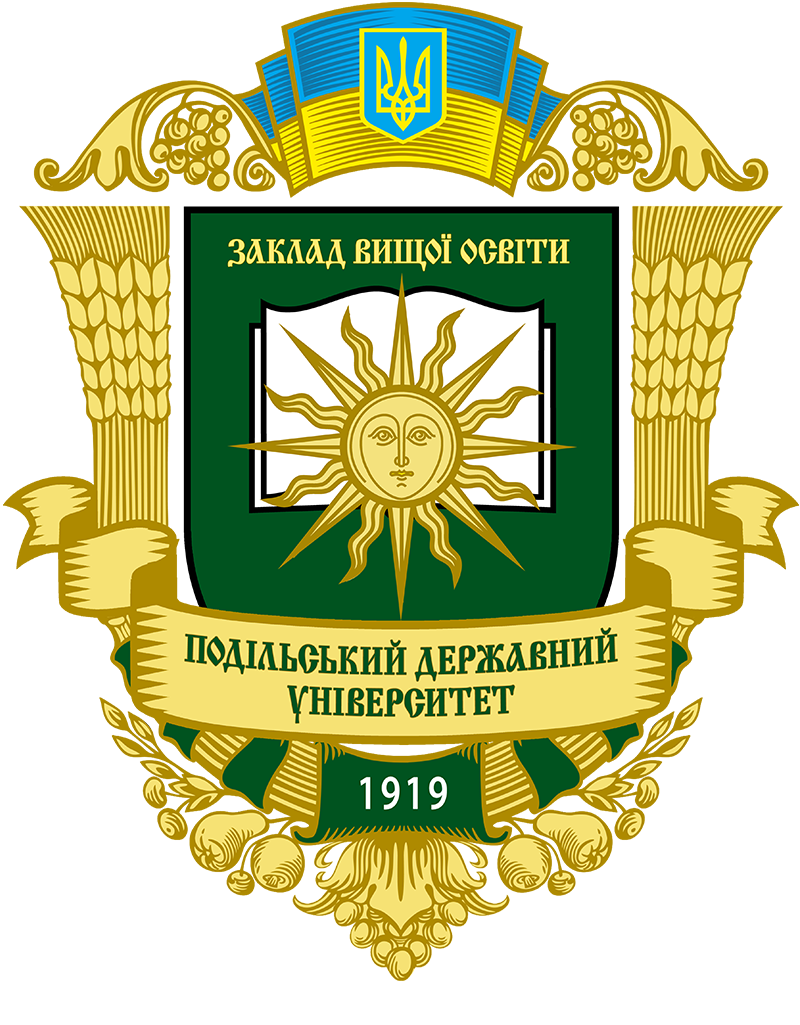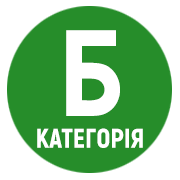FIELD GERMINATION AND PRESERVATION OF PEA SEEDS AND PLANTS DEPENDING ON TECHNOLOGICAL MEASURES IN THE CONDITIONS OF THE RIGHT-BANK FOREST-STEPPE
DOI:
https://doi.org/10.37406/2706-9052-2024-3.8Keywords:
peas, field germination, crop density, plant preservationAbstract
In Ukraine, the area dedicated to growing peas has been maintained at 250–290 hectares, but it has decreased since 2022. Before the full-scale invasion, the Zaporizhzhia region was a leader in pea production. However, over the past few years, the Odessa region has become the leading area for growing peas. The increase in the area dedicated to peas in 2023 compared to 2022 suggests that Ukrainian farmers have adapted to working under martial law and have adjusted the technology for growing legumes to new conditions. This indicates that we can expect an increase in the average yield in the new season due to a rise in the application of fertilizers and plant protection products. Another vital measure for cultivating leguminous crops is the number of germinated seeds in the field, expressed as a percentage of the sown germinating seeds. The aim of our research was to determine the impact of technological measures in the conditions of the Right-Bank Forest- Steppe on field germination and plant density before harvesting during 2022–2024. High field germination of seeds is crucial for ensuring a normal sowing density. Significant factors that influence pea plant density are seeding rate, field germination of seeds, and plant survival during the growing season. During the growing season, we noticed the loss or drying of plants in rows, averaging 16–18 plants in the experiment without seed inoculation. In the variants where liquid micro fertilizers were applied to the leaves, better preservation of pea plants of the Hambit and Eco varieties was observed, and the indicators of plant preservation before harvesting were higher. Our research has established that the maximum number of plants for the ripening period, among those treated with inoculants, was in the Eco variety – 103.8–108.7 pcs/m2 with a survival rate of 89.4–94.8%, depending on microfertilizers. These indicators were lower in the Hambit variety, at 98.3–101.2 pcs/m2 with a survival rate of 86.0–91.4%.
References
Андрушко М., Лихочвор В., Андрушко О. Урожайність зерна гороху залежно від елементів системи удобрення. Вісник Львівського національного аграрного університету. Серія «Агрономія». 2019. Вип. 23. С. 67–71.
Бахмат М., Загнітко В. Енергія проростання та лабораторна схожість насінян гороху посівного. Innovative Development: Synthesis of Scientific Approaches in Various Fields of Research: proceedings of XV International scientific and practical conference, Tallinn, March, 20-22, 2024. Tallinn, Estonia. 2024. 173 p.
Горбатенко А., Судак В., Чабан В. Горох завжди прибутковий, і на схилах теж. Пропозиція. 2019. № 1. С. 56–59.
Державний реєстр сортів рослин, придатних для поширення в Україні. URL: https://minagro.gov.ua/file-storage/reyestr-sortiv-roslin (дата звернення 09.06.2024).
Кирієнко А. Де вирощують горох і чому на нього росте попит. Які в Україні з ним проблеми? 2020. URL: https://agroportal.ua/ua/publishing/infografika/gde-vyrashchivayut-gorokh-i-pochemu-na-nego-rastet-spros-kakie-v-ukraine-s-nimproblemy/#(дата звернення 29.07.2024).
Ковшакова Т.С., Аверчев О.В. Розробка адаптивних технологій вирощування гороху в умовах півдня України. Сучасна наука: стан та перспективи розвитку: матеріали всеукр. наук.-практ. конф. молодих вчених з нагоди Дня науки, м. Херсон, 11 – 12 листопада 2019. Херсон, 2019. С. 39–45.
Лихочвор В. В., Андрушко М. О. Продуктивність гороху залежно від сорту та норм висіву. Вісник аграрної науки Причорномор’я. 2020. Вип. 2. С. 71–85.
Небаба К. С. Енергія проростання і польова схожість сортів гороху в мовах Лісостепу Західного. Зернобобові культури та соя для сталого розвитку агарного виробництва України: матеріали міжнар. наук.-практ. конф. (присвяченої 80-річчю з дня народження академіка НААН А. О. Бабича), м. Вінниця, 11–12 серпня 2016 р. Вінниця, 2016. С. 80–81.
Небаба К. С. Продуктивність сортів гороху посівного залежно від технологічних заходів в умовах Лісостепу Західного. Наукові засади підвищення ефективності сільськогосподарського виробництва: матеріали ІІІ міжнар. наук.-практ. конф., м. Вінниця, 30–31 жовтня 2019 р. Харків, 2019. С. 95–97.
Телекало Н.В. Вплив комплексу технологічних прийомів на вирощування гороху посівного. Збірник наукових праць Вінницького національного аграрного університету «Сільське господарство та лісівництво». 2019. Вип. 13. С.84–93.
Чинчик О. С. Вплив обробки насіння біопрепаратами на показники структури урожаю та урожайність сортів гороху. Збірник наук. пр. ПДАТУ. 2016. Вип. 24, Ч. 1. С. 222–229.
Dyachenko E. A., Ryzhova N. N., Kochieva E. Z., Vishnyakova M. A. Molecular genetic diversity of the pea (Pisum sativum L.) from the Vavilov Research Institute collection by the AFLP analysis. Russ. J. Genet. 2017. Vol. 50. № 9. P. 916–924.
Tkachuk O., Pantsyreva H., Kupchuk I., Volynets Y. Soybean Productivity in the Forest-Steppe of Ukraine under Ecologization of Cultivation Technology. Journal of Ecological Engineering. 2024, 25(5), P. 279–293.
Shahini E., Myalkovsky R., Nebaba K., Ivanyshyn O., Liubytska D. Economic and biological characteristics and productivity analysis of sunflower hybrids. Scientific Horizons, 2023, 26(8), P. 83–95.










